As healthcare technology advances, so does the complexity and accuracy of diagnostic tools. One such advancement in cardiology is strain analysis, particularly Left Ventricular (LV) strain analysis, which is increasingly important in diagnosing and managing various heart conditions. For healthcare providers, understanding strain reimbursement for these advanced diagnostic techniques is crucial.
What is LV Strain Analysis?
LV strain analysis is an advanced echocardiographic technique that measures the deformation (strain) of the myocardium (heart muscle) during the cardiac cycle. It provides detailed insights into the functional performance of the heart, especially the left ventricle, which is critical in pumping blood throughout the body. This analysis helps in the early detection of subclinical myocardial dysfunction, even when conventional echocardiography appears normal.
Code 93356: New Reimbursement Code for LV Strain Analysis
The American Society of Echocardiography (ASE) has highlighted the significance of the new Current Procedural Terminology (CPT) code 93356. This code specifically pertains to LV strain analysis and ensures reimbursement regardless of the clinical indication. This update is a significant step towards recognizing the value of strain analysis in routine cardiac care. For more detailed information, you can view ASE’s informative YouTube video on this topic.
Code C9786: Outpatient Echocardiography Postprocessing
Another important update in cardiac diagnostics is the approval of CPT code C9786. This code covers outpatient echocardiography post-processing for computer-aided detection of Heart Failure with preserved Ejection Fraction (HFpEF). HFpEF is a condition where the heart’s ejection fraction is normal, but the heart still fails to pump blood effectively due to stiffness or other dysfunctions.
Strain Reimbursement Implications
These new codes signify a positive shift towards better support for advanced diagnostic techniques. Here’s what you need to know about the reimbursement implications:
Broad Coverage
- Code 93356: Ensures that LV strain analysis is reimbursed across various clinical scenarios, encouraging its use in routine assessments and not just specific conditions.
- Code C9786: Supports the use of advanced post-processing techniques in outpatient settings, particularly for complex conditions like HFpEF.
Improved Patient Outcomes
By ensuring reimbursement, healthcare providers are more likely to adopt these advanced techniques, leading to earlier and more accurate diagnoses. This can significantly improve patient outcomes through timely and appropriate interventions.
Financial Considerations
Adequate reimbursement for advanced diagnostics helps offset the costs of sophisticated echocardiographic equipment and software, making it financially feasible for more practices to offer these services.
Regulatory Updates
Staying informed about the latest regulatory updates is crucial. The July 2023 update to the Hospital Outpatient Prospective Payment System (OPPS) includes important details on these codes. For comprehensive information, refer to the official document from the Centers for Medicare & Medicaid Services (CMS).
For more information and continuous updates, refer to the Addendum A and Addendum B Updates from CMS and stay tuned to ASE’s educational resources.
By staying informed with strain and changing reimbursement, healthcare providers can optimize their practice, enhance patient care, and ensure compliance with the latest reimbursement guidelines.
PICOM365 offers a comprehensive cardiology imaging solution, now seamlessly integrating with Philips Ultrasound Workspace to bring strain technology directly into your echo workflow.
Eliminate the high cost of upgrading modalities or siloed software. PICOM365 Cloud provides a seamless integration with the most current and advanced post-processing available, along with bidirectional workflow for efficient documentation.
For a custom ROI analysis of strain for your organization and to see a demo, reach out to corporate_sales@scimage.com.

